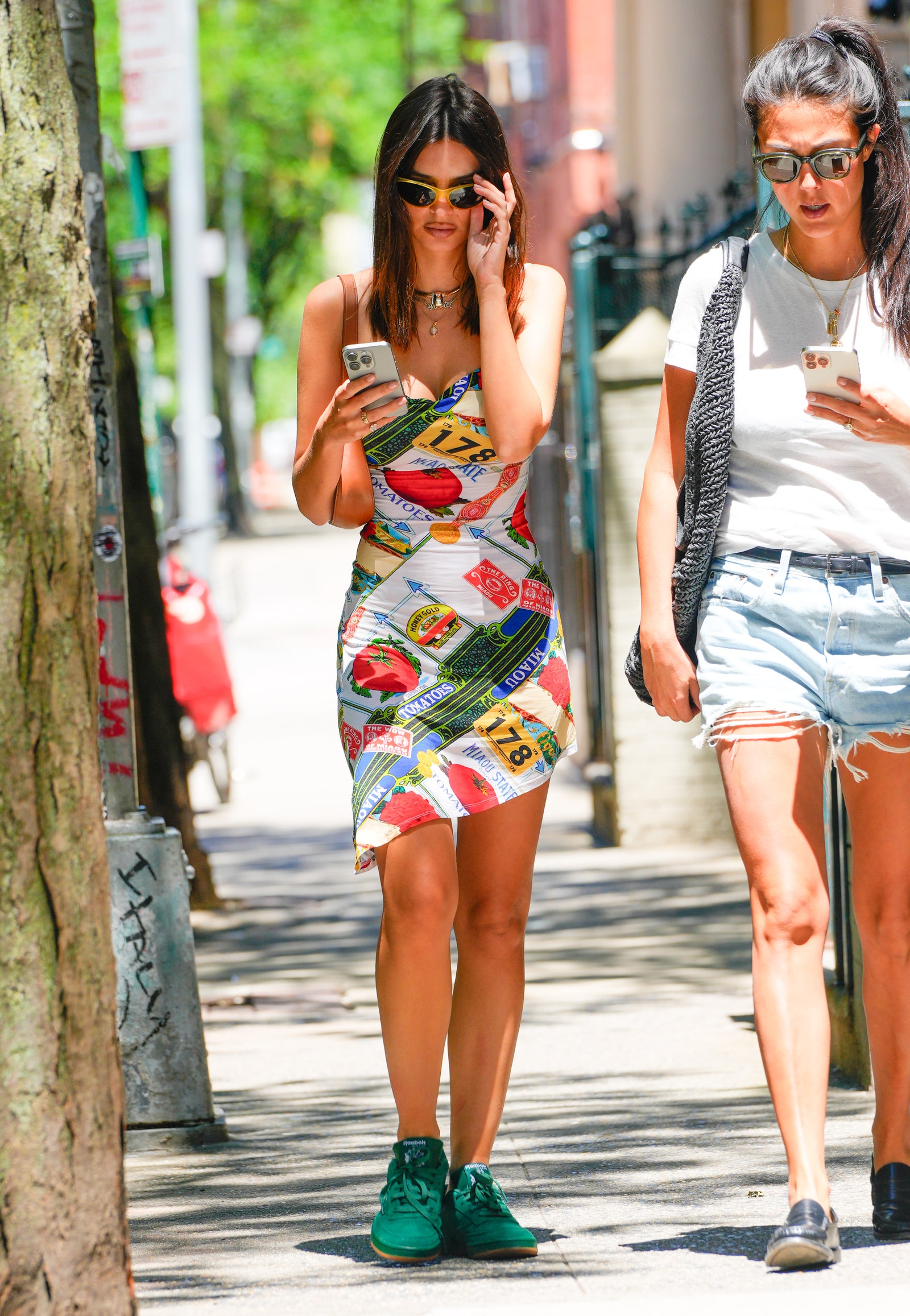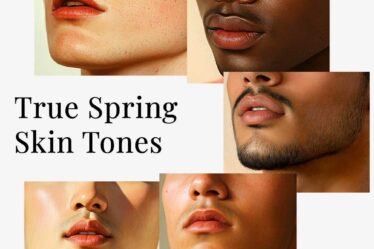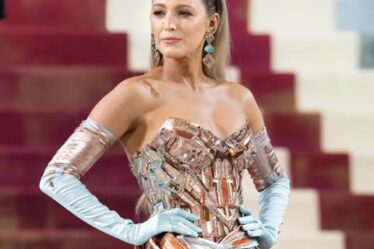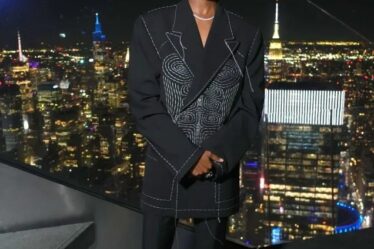
Emily Ratajkowski is an art girl, so perhaps she knows that Andy Warhol was the first person to experience the Dionysian thrill of a tomato girl summer. The artist had been painting cans of Campbell’s tomato-flavored soup since 1962, and in 1966 the tinned-goods firm capitalized on Warhol’s popularity with the production of a disposable dress screen-printed with its own cans. It was a fortuitous meeting of art and consumerism that precipitated the TikTok trend—that in turn precipitated various fast fashion categories—by almost 60 years.
See also: Inès de La Fressange closing Jean-Charles de Castelbajac’s spring/summer 1984 presentation in a sleeveless dress shaped like a Campbell’s soup can; Dolce & Gabbana’s spring/summer 2017 burlap dress which resembled a traditional can of peeled Sicilian tomatoes; and the asymmetrical Miaou dress that Emily Ratajkowski was yesterday afternoon photographed in. She wore that silken slip—printed in a cut-and-paste melange of branded canned tomatoes— with verdant Reebook Club C 85 sneakers. (She has a unique gift for styling dresses with sneakers.)
There are few differences between Warhol and Ratajkowski’s approach to image-making. Much like the artist’s 1962 Marilyn Diptych—a screen print in which he repeated the American icon’s image hundreds of times in a grid-like formation—a cursory scroll through the model’s Instagram will reveal her own face atomized across a thousand digital squares. Both of them understand that celebrities can and will be mass-consumed, like canned tomatoes.
“I was the living testament of a woman empowered through commodifying her image,” the model wrote in her 2021 book. “I built a platform by sharing images of myself and my body online, making my body and subsequently my name recognizable.”
This article first appeared on British Vogue.



